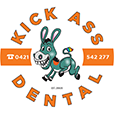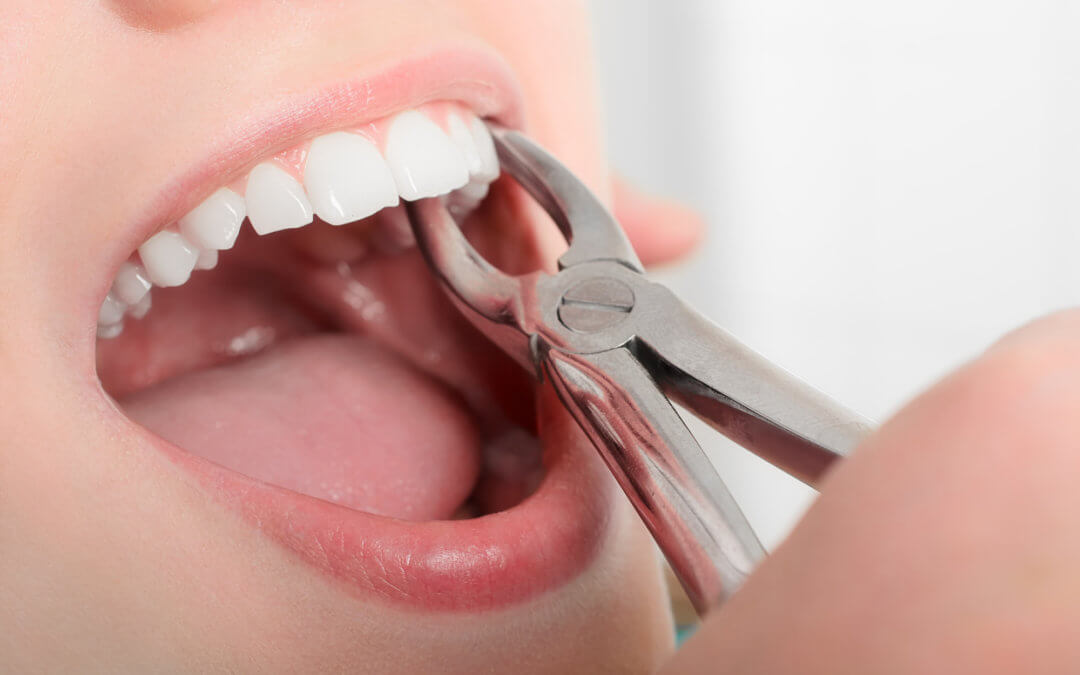Is a Tooth Extraction Painful?
Introduction
A tooth is removed from the socket in the jawbone during a tooth extraction, a routine dental surgery. Even though tooth extraction is a common procedure, many people are concerned about the pain. The topic of “Is a tooth extraction painful?” will be thoroughly covered in this article along with information on what to anticipate both during and after the process.

Factors that Affect Tooth Extraction Pain
The degree of discomfort you feel during a tooth extraction might vary depending on a number of factors. Some of these elements are:
Type of Extraction
Your level of pain may vary depending on the type of extraction you require. Simple extractions are less painful than surgical extractions when the tooth is impacted and needs to be removed through a gum incision. Simple extractions are performed when the tooth is visible and can be easily removed with forceps.
Anesthesia
Your amount of pain may also be influenced by the type of anaesthesia used during the treatment. For straightforward extractions, local anaesthesia, which simply numbs the area around the tooth being removed, is frequently utilised. Using general anaesthesia, which renders you unconscious throughout the process, may make surgical extractions less painful.
Pain Threshold
Everyone has a distinct tolerance for pain, which may have an impact on how much discomfort they feel after a tooth extraction. During the procedure, some people might experience little to no pain, whereas others might experience more discomfort.

What to Expect During a Tooth Extraction
Your dentist or oral surgeon will use a local anaesthetic to numb the region surrounding the tooth before performing the extraction. The tooth will then be removed from the socket by using forceps to release it. To access the tooth if it is impacted, they might need to make a gum incision.
During the extraction, you might feel some pressure, but you shouldn’t experience any discomfort. Your dentist or oral surgeon can alter the anaesthesia or take a break if necessary if you let them know if you experience any pain. https://kickassdental.com.au/
What to Expect After a Tooth Extraction
You can feel some pain and discomfort following a tooth extraction. This is typical and can be controlled with over-the-counter painkillers or, in certain cases, prescription medicine.
Additionally, there may be some bleeding at the extraction site. Your dentist or oral surgeon will place a gauze pad over the extraction site and instruct you to bite down on it for roughly 30-45 minutes in order to prevent bleeding. Contact your dentist or oral surgeon if bleeding continues.
Also possible are bruising and swelling in the vicinity of the extraction site. Swelling and discomfort can be lessened by placing an ice pack on the affected area for 10 to 20 minutes at a time.
How to Minimize Pain After a Tooth Extraction
Follow these recommendations to reduce discomfort and agony following tooth extraction:
Take Pain Medication
Follow your dentist’s or oral surgeon’s instructions when taking over-the-counter painkillers. They might suggest a stronger painkiller if the pain is severe.
Apply Ice
To lessen swelling and discomfort, apply an ice pack to the region near the extraction site for 10 to 20 minutes at a time.
Rest and Avoid Strenuous Activity
For the first 24 hours following the procedure, rest and refrain from physically demanding activities.
Avoid Smoking and Drinking Through a Straw
For the first 24 hours following the procedure, refrain from smoking and using a straw when drinking. Smoking can slow healing, and using a straw when drinking might cause the blood clot to come loose from the extraction site, which can result in the painful condition known as dry socket.
Eat Soft Foods
For the first few days after the procedure, eat soft foods like mashed potatoes, soup, and yoghurt. Avoid items that are sticky, firm, or crunchy since these can aggravate the extraction site.
Keep the Extraction Site Clean
Gently washing your mouth with warm salt water several times a day will help keep the extraction site clean. For the first 24 hours following the procedure, refrain from using mouthwash or vigourous rinsing.
Conclusion
A basic dental procedure that is frequently required to preserve oral health is tooth extraction. Even though it may result in some pain and discomfort, the intensity of the pain can be controlled with the right anaesthesia and painkillers. To reduce pain and encourage recovery, it’s crucial to adhere to your dentist’s or oral surgeon’s aftercare instructions. After having a tooth removed, if you continue to have severe or ongoing discomfort, speak with your dentist or oral surgeon.





